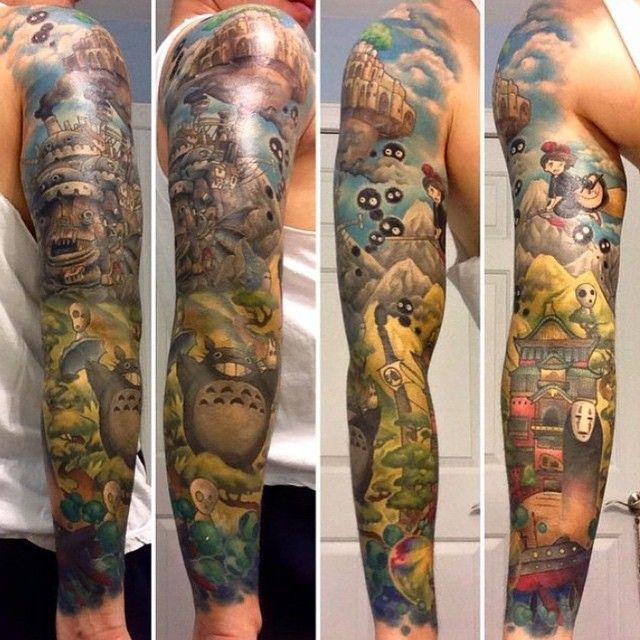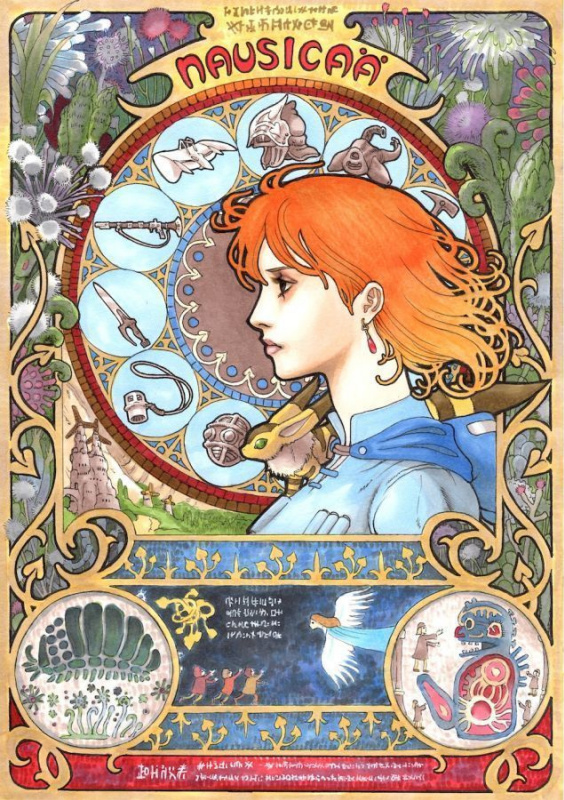
1. Miyazaki is a huge fan of aviation
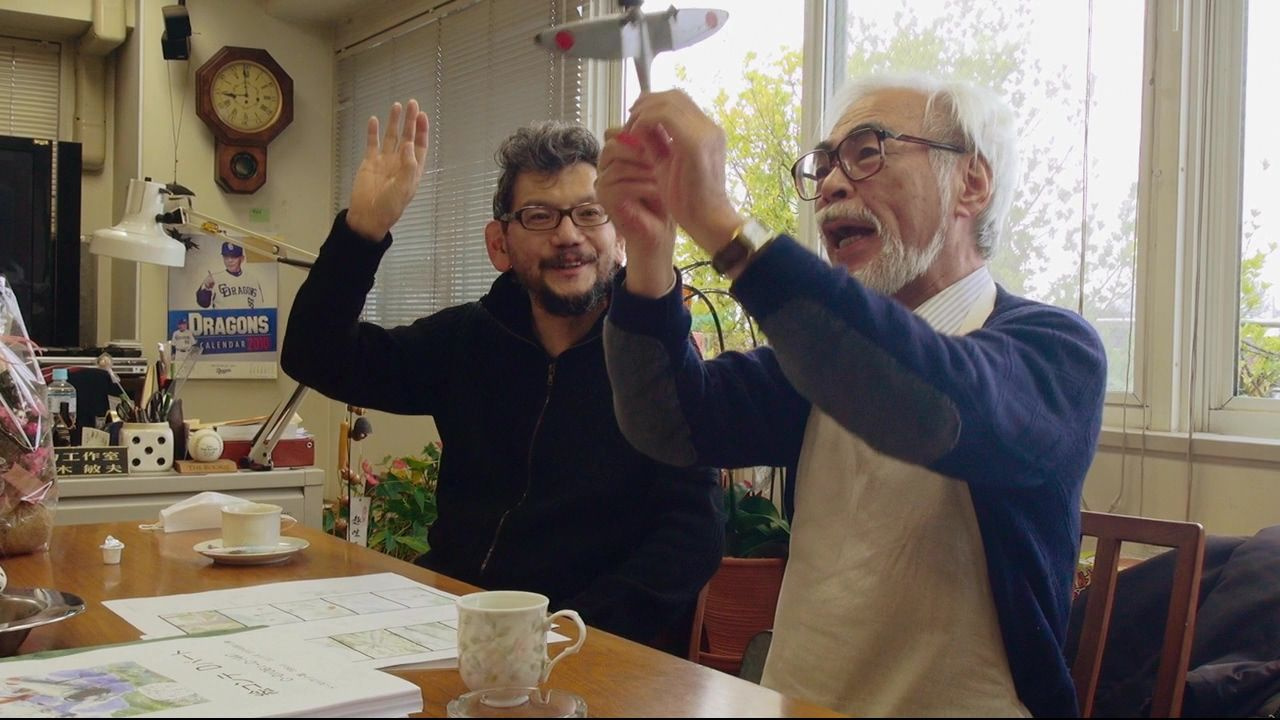
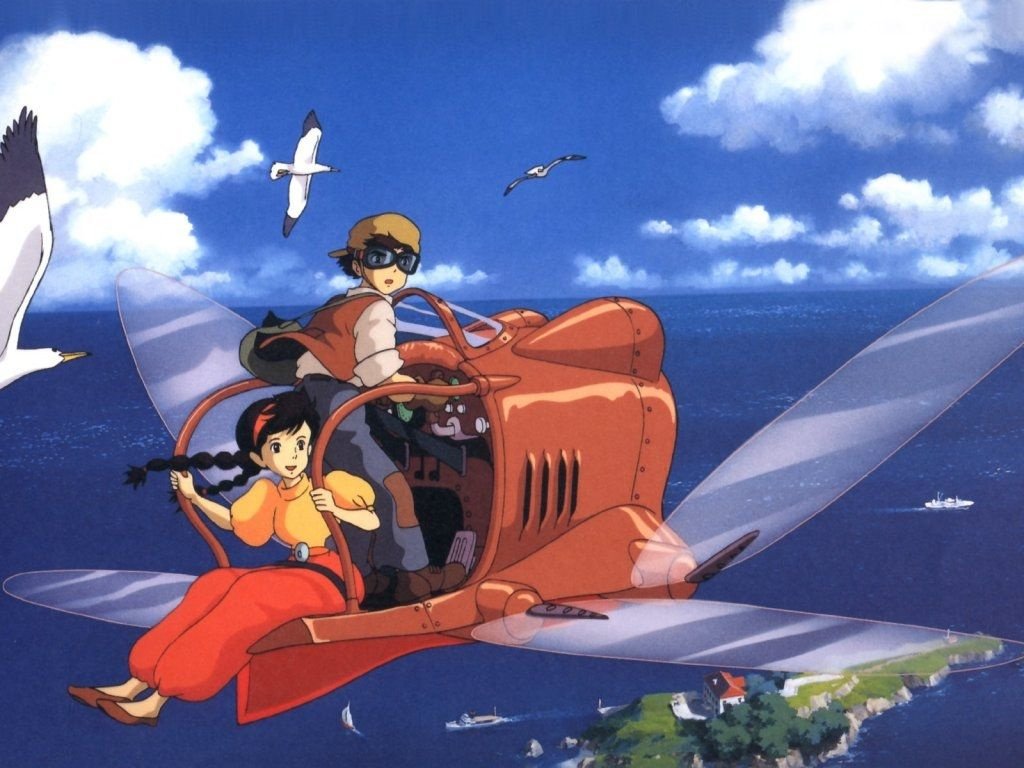
2. He did not work within his specialty for a single day
Miyazaki has repeatedly admitted that he had dreamt of becoming an animator from childhood. He realized that in high school when he saw the animated film "The Legend of the White Snake" in the cinema. It is not known what exactly made him enter the faculty of Political Science and Economics of Gakushūin University. Perhaps the dream of drawing fairy tales seemed to Hayao too frivolous, and he decided to get an "adult" specialty (however, he was part of the Children’s Literature Research Club in college). However it be, having completed studies in economics, in 1963, Miyazaki took a position as an entry-level animator at Tōei Animation. While at Tōei, he met two most important people in his life — his wife Ōta Akemi and a fellow animator, who became his life-long friend — Isao Takahata.
3. He wasn’t going to become a director
Miyazaki tried to draw manga while still at school. But his first serious graphic work was "Nausicaä of the Valley of the Wind." In 1982, Miyazaki had nothing to do for some time and began to implement his many ideas, turning them into a manga. A post-apocalyptic story about a heroic princess defending a peaceful valley from war for exhausted natural resources was published in Animage Magazine. The original agreement with publishers forbade Miyazaki to make a film version of "Nausicaä," but the popularity of the manga forced them to ask the animator to make a series of the same name. Miyazaki would agree only to a full-length film. The work on "Nausicaä" was a serious challenge for him. After the film was released, Miyazaki said: "Right, I made a film, but I lost all my friends. I don’t want that kind of life. I want to go back and work as an animator again."
4. He taught children to dream again
In 1985, Miyazaki and Takahata launched their own Studio Ghibli. This unusual name was another reverence for aviation: it was borrowed from an Italian aircraft Caproni C. 309 Ghibli, which, in turn, was based on the Arabic name for the sirocco, better known as the Mediterranean wind.It was in Studio Ghibli where Miyazaki created his world famous masterpieces. On July 15, 2015, the studio celebrated its 30th anniversary. However, in 2014, the studio management announced that it would stop working on full-length films, leaving only a small team to work on Miyazaki projects, commercials and music videos. But they also said that they would leave open the possibility of assembling a team of freelancers to work on a full-length film.
Speaking of his work, Hayao Miyazaki has repeatedly admitted that his own studio has finally allowed him to start making films that he thought were so necessary for his viewers. He wanted to teach children to imagine, dream of traveling and believe in miracles. The unconditional success of his fabulous parables proves that he succeeded in it.
5. Nature plays a distinctive role in his films
Miyazaki doesn’t like to be called the "Japanese Walt Disney". And even paying tribute to the work of American animators, he blames them for the fact that their nature looks too artificial and fake. Miyazaki himself admits that the manner of depicting nature is one of the distinguishing features of the animated films created in Studio Ghibli: "We are interested in relationships not only and not so much between people, as we are at pains to express in our work the beauty of the whole world in its integrity: the interaction of landscape, climate, time, sunlight, vegetation, water, wind — all these beautiful of things."Miyazaki has always loved travelling. In his numerous trips around the world, he sought, above all, the scenery for his films. From Wales, for example, he brought ideas for "Laputa: The Castle in the Sky" and "Howl's Moving Castle" (based on a novel by British author Diana Wynne Jones). It’s interesting that Miyazaki "spied" on many landscapes from "Howl's Moving Castle" while traveling in Kazakhstan and Alsace.


6. He can't retire
The world could have never seen Miyazaki’s brilliant creations, which brought him worldwide fame and two Academy Awards. In 1997, after "Princess Mononoke" was released, the director began to think about retirement, because his eye-sight deteriorated rapidly. However, it seems that Miyazaki was not used to having nothing to do. Four years later, he was back with "Spirited Away," which brought him his first Academy Award.In 2013, before "The Wind Rises" came out, Miyazaki declared that it would be his last animated film. After that, Miyazaki devoted himself entirely to work at the Ghibli Museum, where he painted postcards and panels for thematic exhibitions. However, in July 2015, the director announced that he was working on a new animated film "Boro the Caterpillar", in which he would use 3D animation for the first time.
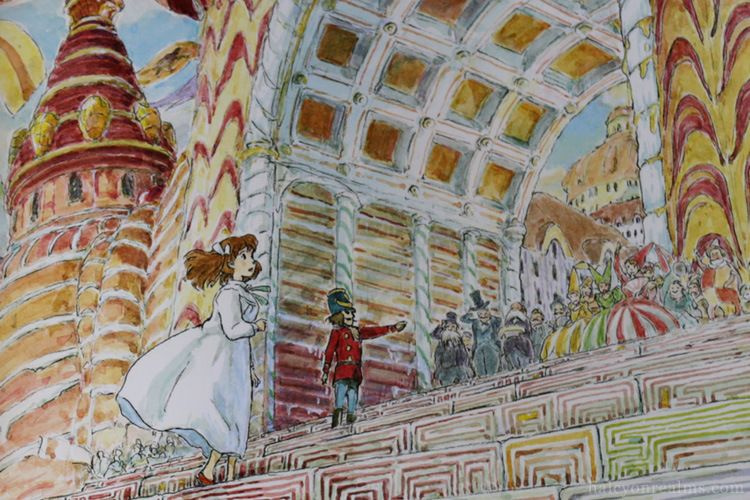
7. He doesn’t like to receive awards
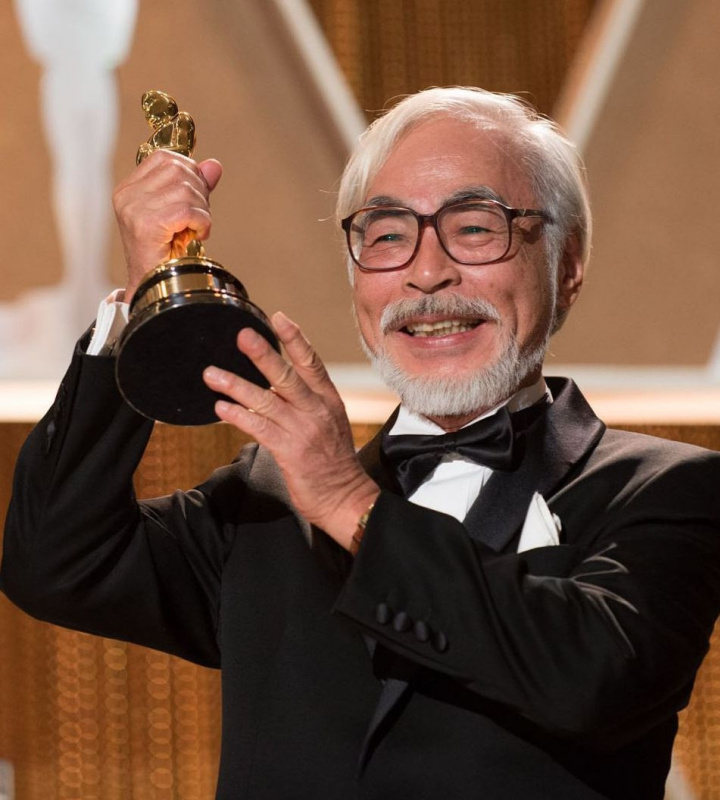
Miyazaki rarely attends film festivals and award ceremonies. He almost never visits press conferences, following the release of his works, and hardly ever gives interviews. Miyazaki refused to attend the 2001 Oscars ceremony to accept his award for "Spirited Away" as a protest against the American Invasion of Iraq. However, in 2014, Miyazaki attended the Academy Awards ceremony to receive the award for his contribution to the development of cinema.
8. His son became a director against his father's will
Hayao Miyazaki has two sons: the older one, Keisuke, works as a woodcarver, while the younger one, Gorō, confessed that he had dreamt of creating animated films from childhood, but is a landscape architect by trade. For the first time, he had the opportunity to work with his father in 2001, during the construction of the Ghibli Museum.When Gorō received an offer to make his own animated film, "Tales from Earthsea", Miyazaki was totally against it. He believed that one needs to grow to become a director. Gorō said: "Hayao Miyazaki is a genius who never stops improving. I’ll probably never be able to surpass him. In fact, I think that trying to surpass him is meaningless."
Now Gorō Miyazaki is working on his own animated series "Ronia, the Robber’s Daughter" based on Astrid Lindgren’s book, paying special attention to the subject of parent-child relationship.
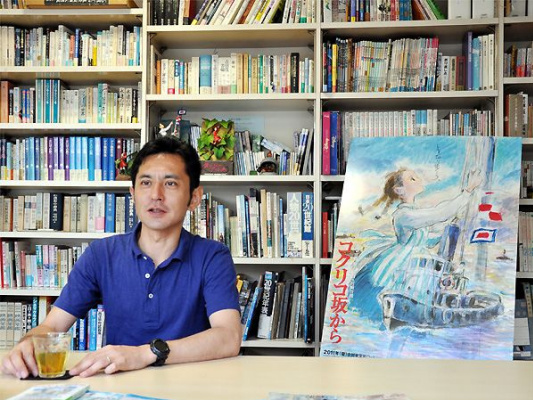
Gorō Miyazaki.
Below — his sketches for the series "Ronia, the Robber’s Daughter":
9. In his entire career, Hayao Miyazaki created only one animated film for adults
In Japan, Miyazaki’s films are blockbusters the whole family can enjoy. As for Europe and America, Miyazaki’s films are considered there too multi-layered and believed to carry a deep philosophy, so they are aimed at a more "conscious" audience.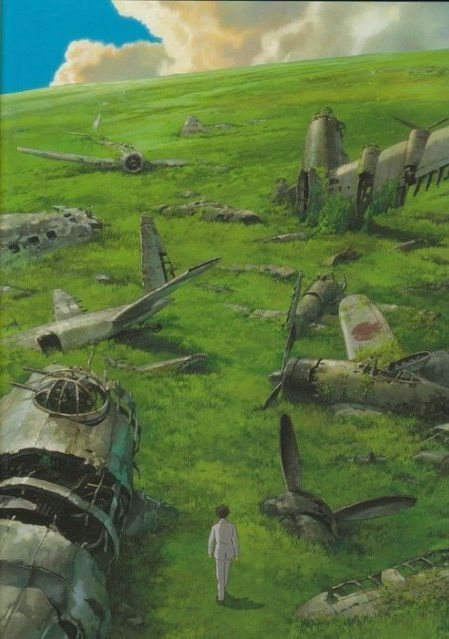
The director himself says that in his career, he created only one animated film, aimed at the adult audience, "The Wind Rises": "This fact brought me a lot of suffering. It is very difficult, almost impossible for me, to make an animated film without imagining the faces of the viewers for whom I’m creating it. Usually, the kindergarten of the Studio Ghibli, which is located next to my work studio, helps me: I will go out, look at the children — and immediately understand what should be done. 'The Wind Rises' is for someone else, and I didn’t know that 'someone'."
10. He is attentive to detail
One of the features of Miyazaki’s works is that there are no "flat" and clear characters in them. They are never completely positive or negative. Despite its demonic nature and explosive mood, Calcifer from "Howl's Moving Castle" is quite touching and caring. The evil Witch of the Waste from the same animated film suddenly turns into a cute lady who’s taking a nap in the chair. And the shy and helpless No-Face suddenly becomes a bloodthirsty predator devouring everything around, and then miraculously transforms back.The director pays a lot of attention to details which might seem insignificant: ordinary things and everyday, automatic movements of the characters. He carefully draws every blade of grass, reeling in the wind, cigarette smoke, hairs on a brush with which the heroine washes the floor. It is thanks to these little things that it is so interesting to watch Miyazaki’s animated films over and over again. The thing is that the director turns each individual shot into a complete film.
Author: Yevheniia Sidelnikova


























